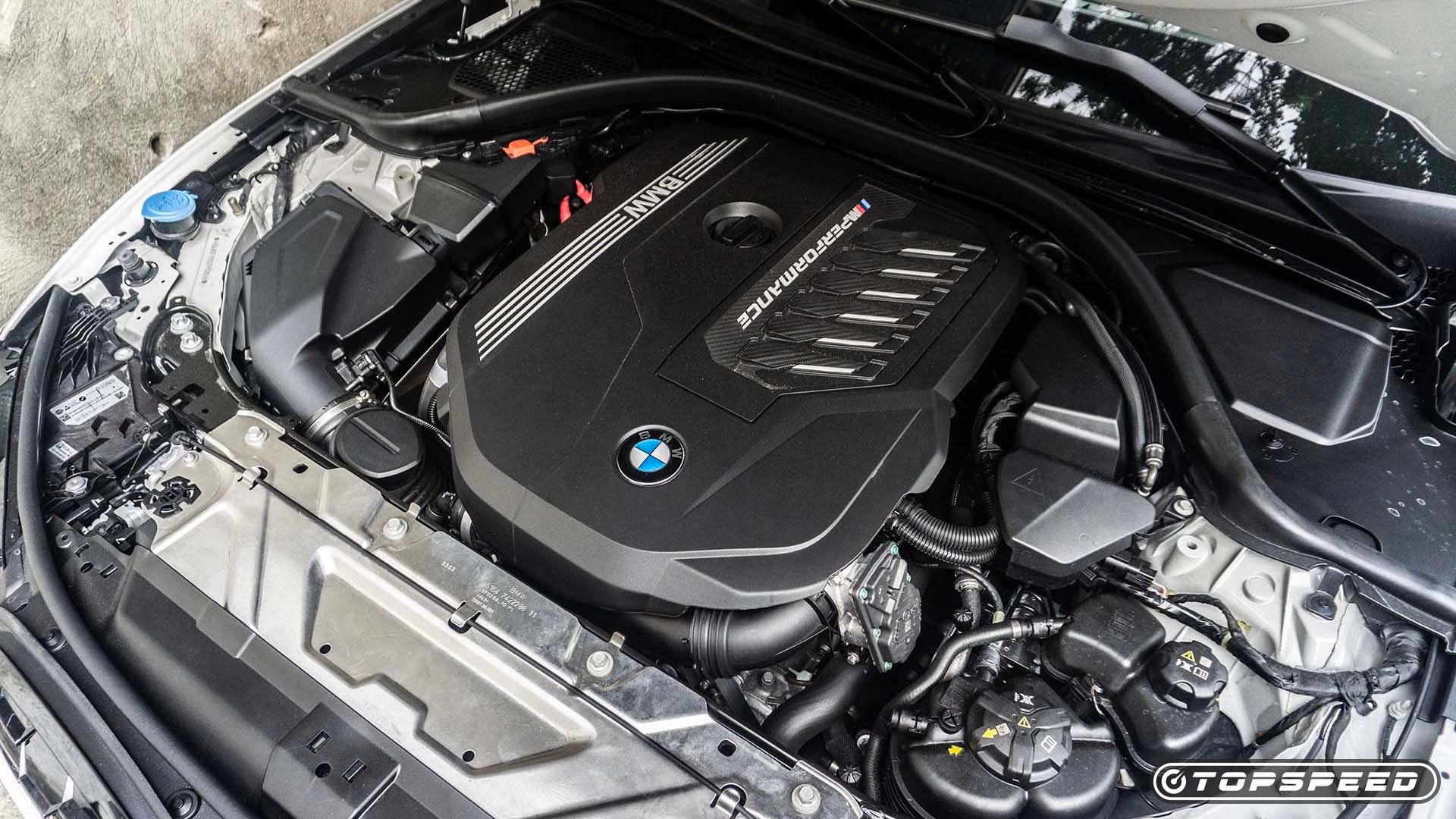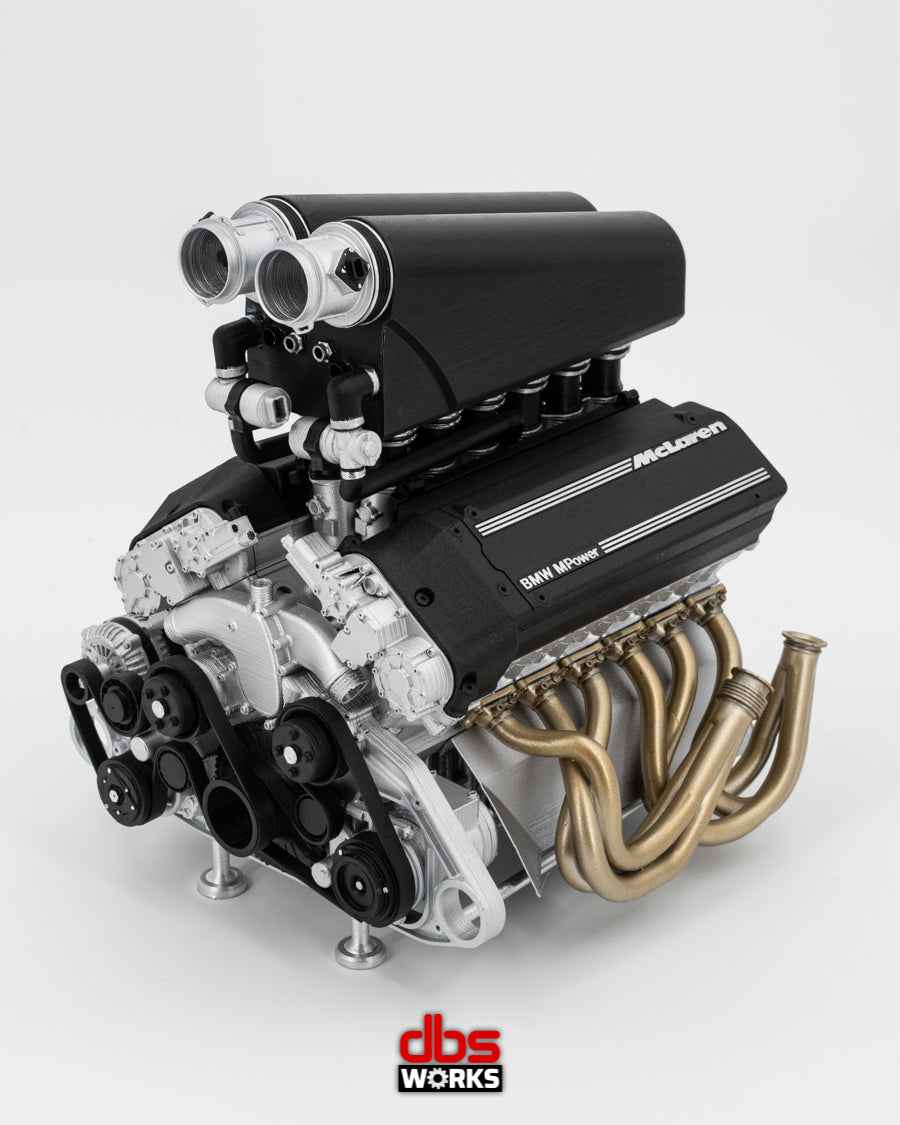Discovering the Advancement of Burning Engines in Modern Transport Equipments
As we browse the landscape of contemporary transportation, the advancement of combustion engines stands as a testament to human resourcefulness and engineering prowess. The interaction of history, modern technology, and ecological issues in shaping the trajectory of burning engines creates a story that is both compelling and insightful.
Very Early Beginnings of Combustion Engines
Just how did the concept of burning engines initial emerge in the very early phases of transportation advancement? The origins of combustion engines can be traced back to the 17th century when the concepts of inner combustion were very first discovered.
The advancement minute came with the creation of the initial successful gasoline-powered engine by Karl Benz in 1885 - bmw engine. This engine paved the method for the growth of the modern vehicle, changing transport systems worldwide. Subsequent advancements by Nikolaus Otto and Gottlieb Daimler better refined combustion engine innovation, bring about the automation of automobiles and the rapid growth of the transport sector
These early combustion engines were defined by their simplicity and efficiency, laying the foundation for the complex and powerful engines used in modern transport systems. The advancement of burning engines has actually contributed in forming the method we travel and carry goods, marking a significant milestone in the background of transport advancement.
Transition to Internal Burning Innovation
The shift to internal burning modern technology marked a critical shift in the advancement of transport systems. This shift began in the late 19th century, with inventors like Nikolaus Otto and Gottlieb Daimler creating the very first successful inner combustion engines. These engines revolutionized transport by providing a more powerful and reliable option to steam engines and electrical motors.
One of the vital advantages of inner burning engines was their ability to be reduced to match cars, leading to the growth of vehicles and bikes. This change from bulky, stationary engines to compact, mobile ones led the way for the contemporary transport systems we see today.
The shift to inner combustion modern technology likewise stimulated developments in gas technology, causing the development of gas and diesel as key fuel resources for vehicles. This shift not just made transportation a lot more accessible to the masses however additionally laid the foundation for the oil and gas market to come to be integral to worldwide economies.
Effect of Combustion Engines on Transport
The adoption of combustion engines in transport systems catalyzed a profound shift in the performance and rate of global wheelchair. Burning engines transformed transport by supplying a trusted and versatile source of power for various automobiles, consisting of cars, vehicles, planes, and ships. This development dramatically boosted the ability for people and goods to move over fars away in shorter amount of time, resulting in enhanced connectivity between regions and nations.
Furthermore, the widespread use combustion engines has actually had a substantial influence on financial growth. The capacity to move items successfully has actually spurred trade and commerce, permitting organizations to increase their markets and get to consumers worldwide. This has facilitated financial development and globalization, as products can now be transported much faster and in bigger quantities than in the past.
However, the ecological influence of combustion engines can not be neglected. The burning of nonrenewable fuel sources has resulted in air pollution and greenhouse gas exhausts, adding to climate adjustment and posturing health and wellness dangers to populations. bmw engine. Therefore, there is a growing emphasis on creating alternate propulsion technologies to minimize these unfavorable effects and develop a much more sustainable future for transport
Developments in Burning Engine Style
Numerous innovations in combustion engine layout have propelled the advancement of transportation systems over the years. One significant development is the development of turbocharged engines, which utilize exhaust gases to drive a turbine that presses incoming air, enabling for more gas to be charred, resulting in raised power outcome without a substantial boost in engine dimension. Additionally, straight shot innovation has actually improved gas performance and performance by exactly regulating the amount and timing of gas infused into the burning chamber. Variable shutoff timing systems have likewise changed engine design by enhancing air movement at different engine speeds, boosting both power and efficiency. An additional significant development is the assimilation of light-weight materials such as carbon fiber and aluminum alloys, minimizing total engine weight and improving car gas economy. Improvements in computer-aided layout have actually made it possible for designers to maximize engine efficiency and performance via simulations prior to physical models are constructed, saving time and sources in the development process. These advancements collectively add to the constant enhancement of combustion engines in contemporary transportation systems.
Future Patterns in Combustion Engine Growth
With innovation developments driving continuous technology, the future of burning engine development is positioned to reinvent transportation systems around the world. Among the essential fads in combustion engine development is the press towards better effectiveness click this and reduced exhausts. Producers are spending heavily in study and advancement to boost engine performance while meeting rigid site environmental guidelines. This includes the assimilation of advanced gas injection systems, enhanced turbocharging methods, and making use of light-weight materials to maximize fuel usage and reduce carbon discharges.
One more famous trend is the adoption of hybrid modern technologies in burning engines. Hybrid engines integrate typical burning technology with electric power, using boosted fuel efficiency and lower discharges. As the auto industry shifts towards electrification, hybrid combustion engines are viewed as a transitional remedy that links the void between conventional cars and completely electrical ones.
Additionally, the assimilation of clever technologies, such as artificial intelligence and data analytics, is expected to play a significant role in the future of combustion engine development. These technologies can optimize engine performance in real-time, resulting in much more efficient combustion processes and enhanced overall vehicle performance. Welcoming these future fads will certainly not just drive advancement in burning engine advancement however also contribute to a more ecologically friendly and sustainable transport ecological community.

Final Thought
In conclusion, the evolution of burning engines in modern-day transport systems has been noted by significant developments in technology and layout. From the early beginnings of burning engines to the shift to internal burning innovation, these engines have had an extensive effect on transportation.
The origins of combustion engines can be mapped back to the 17th century when the concepts of internal burning were first explored. These engines reinvented transportation by supplying a much more efficient and effective option to vapor engines and electric motors.

Comments on “A Beginner's Guide to Picking the Right BMW Engine for Your Demands”